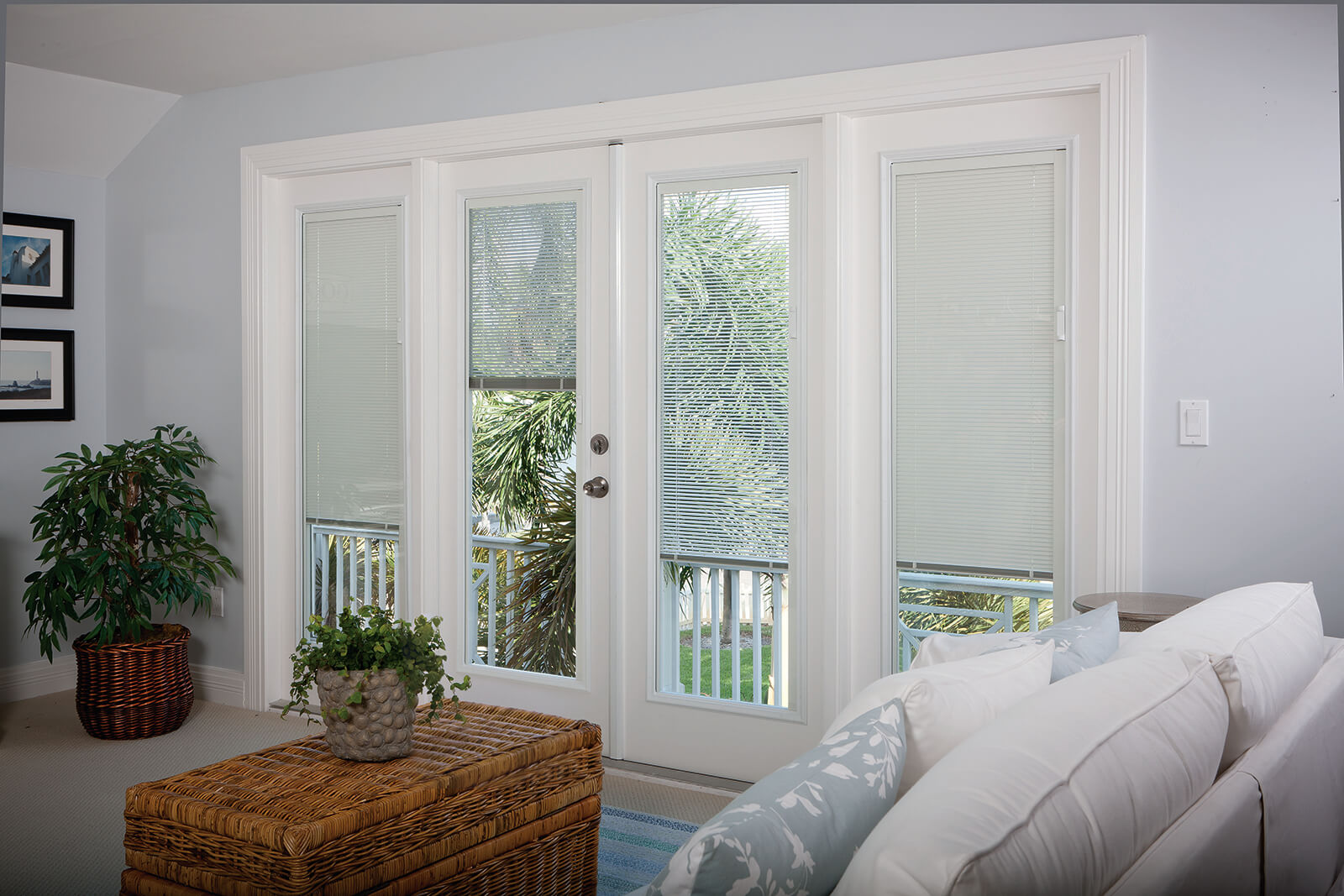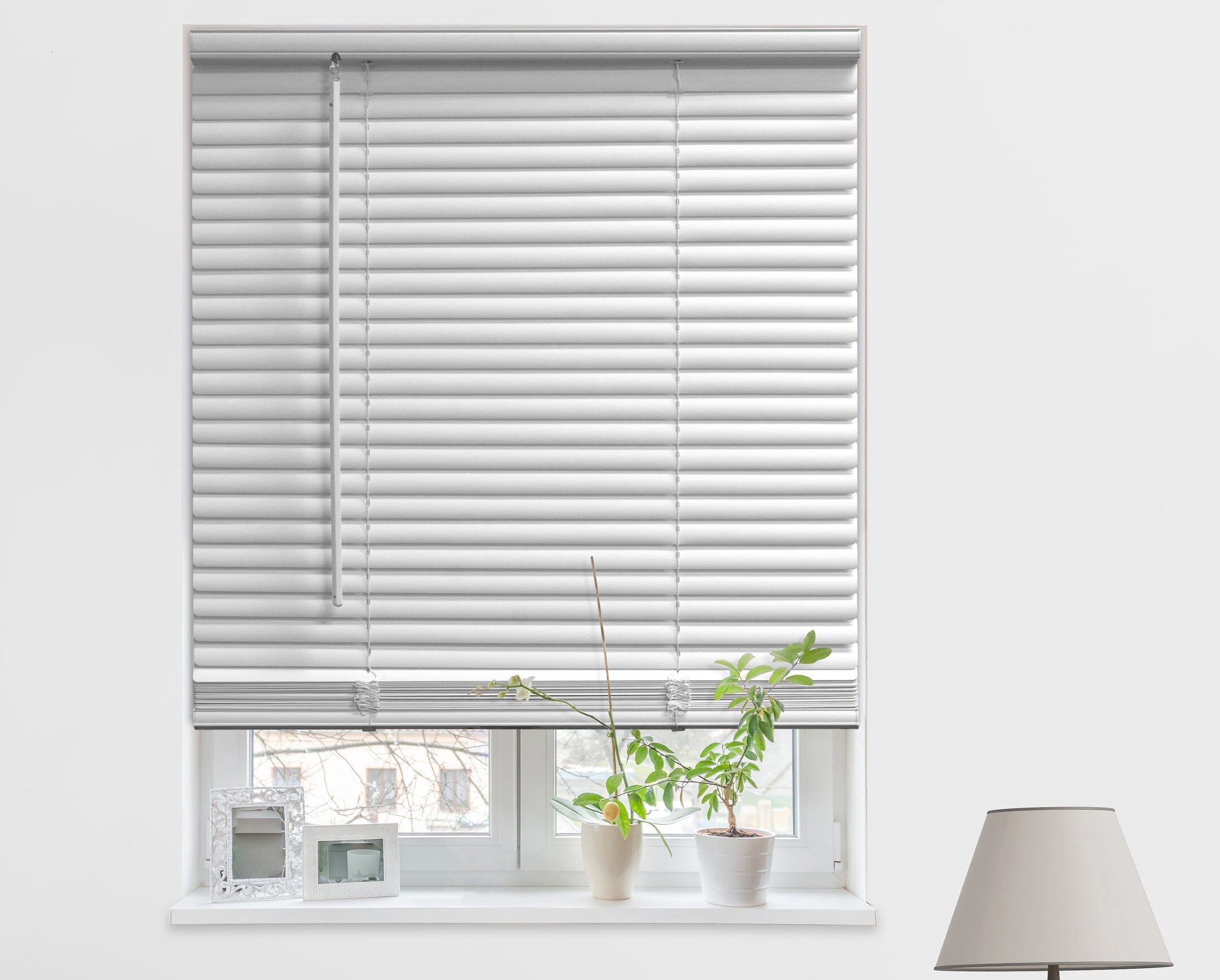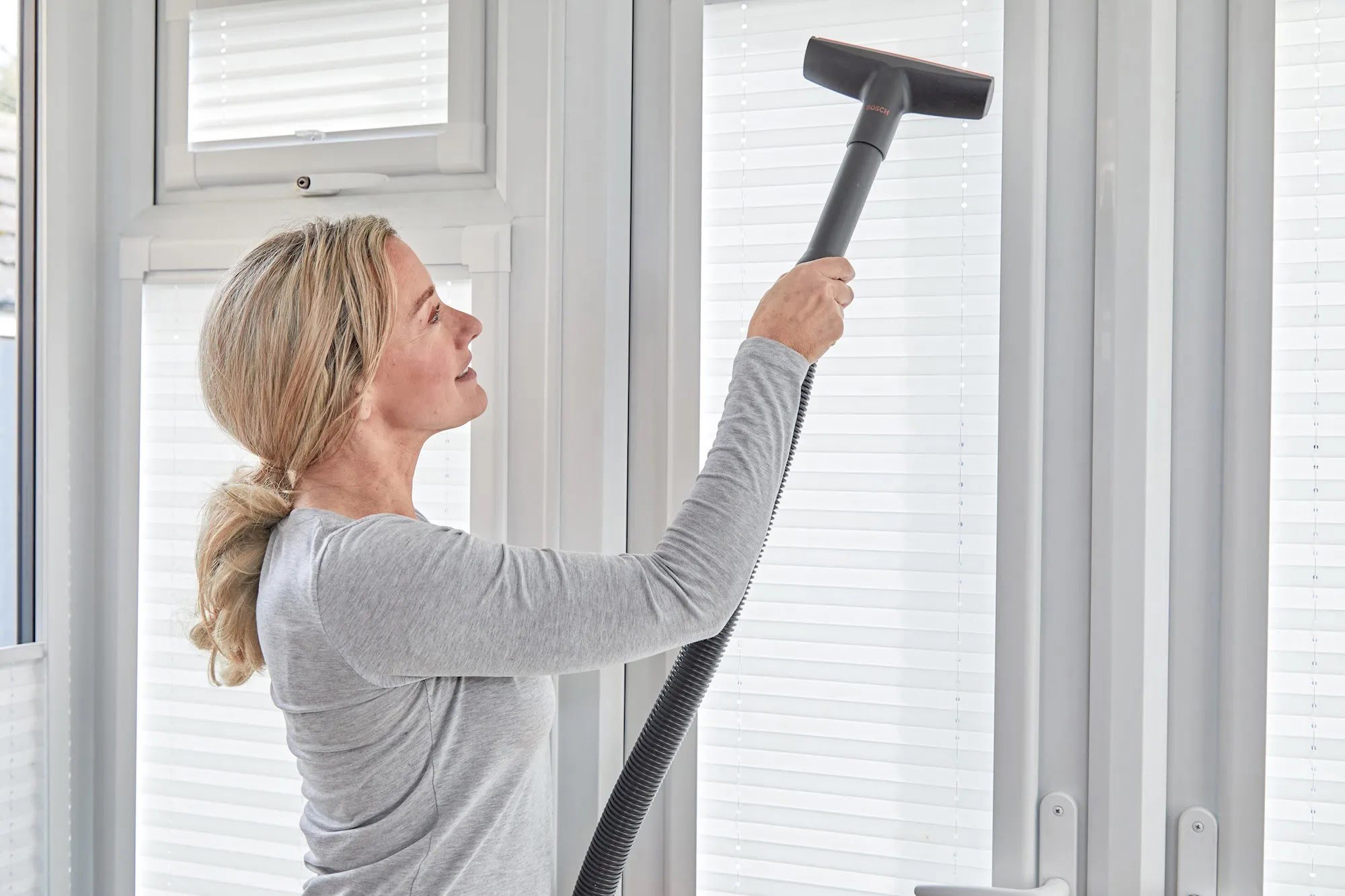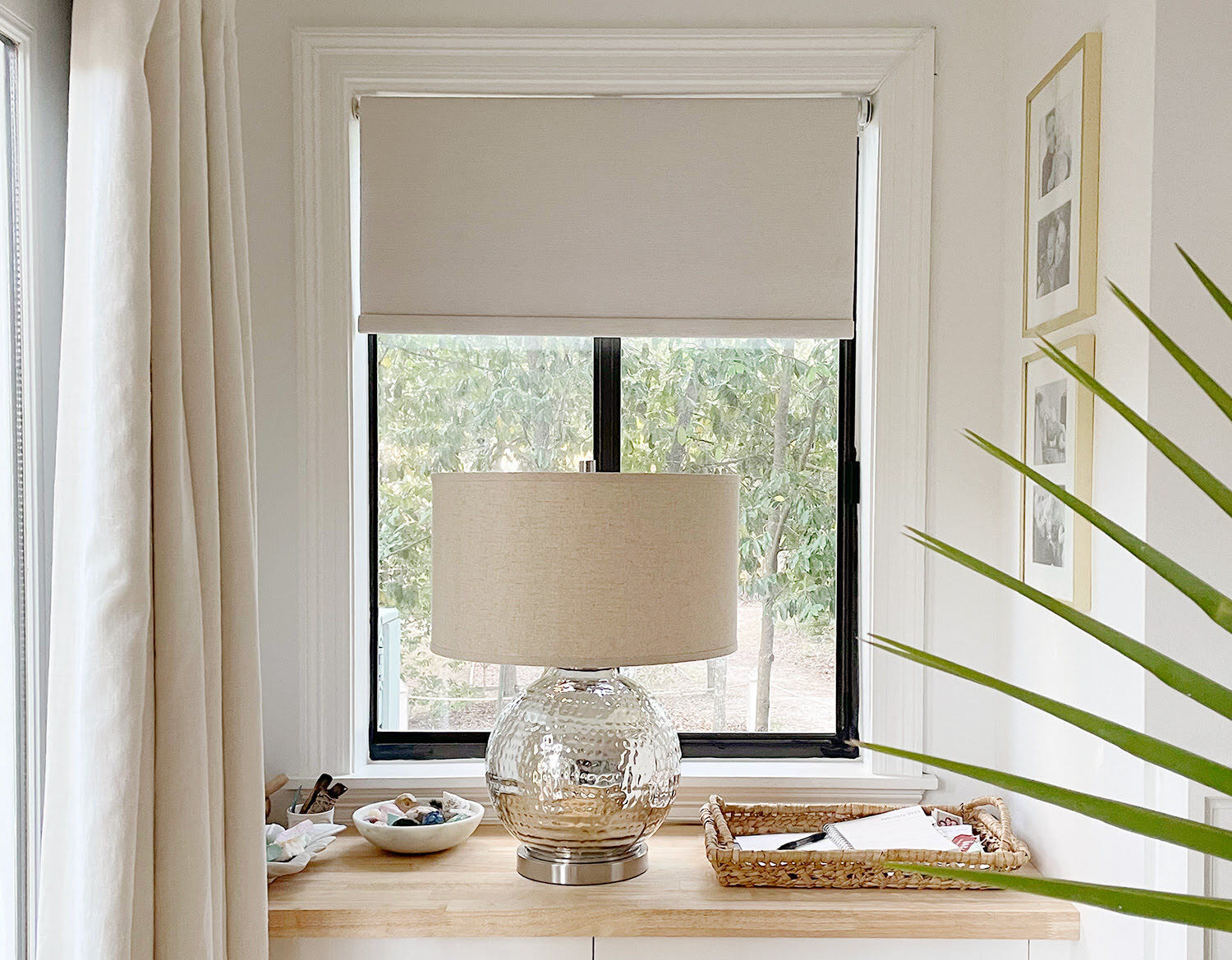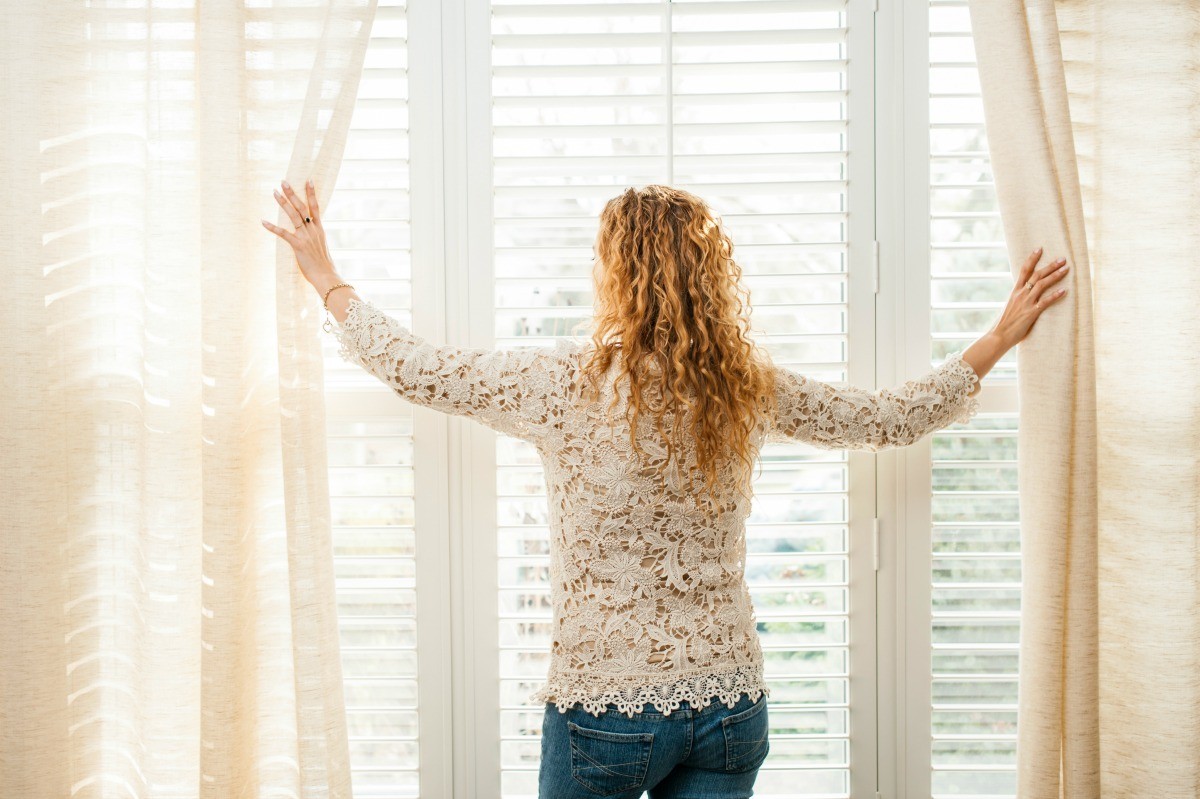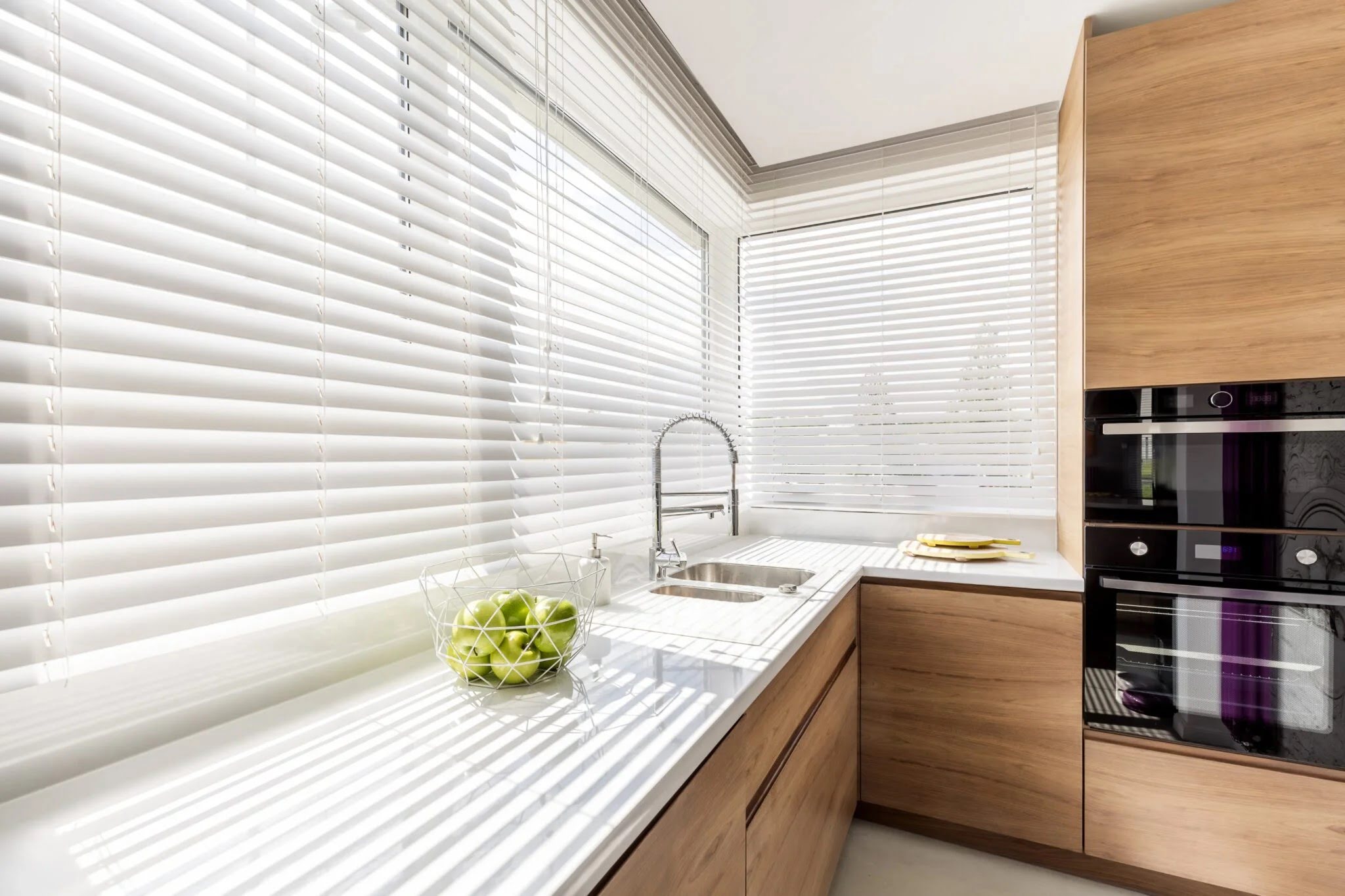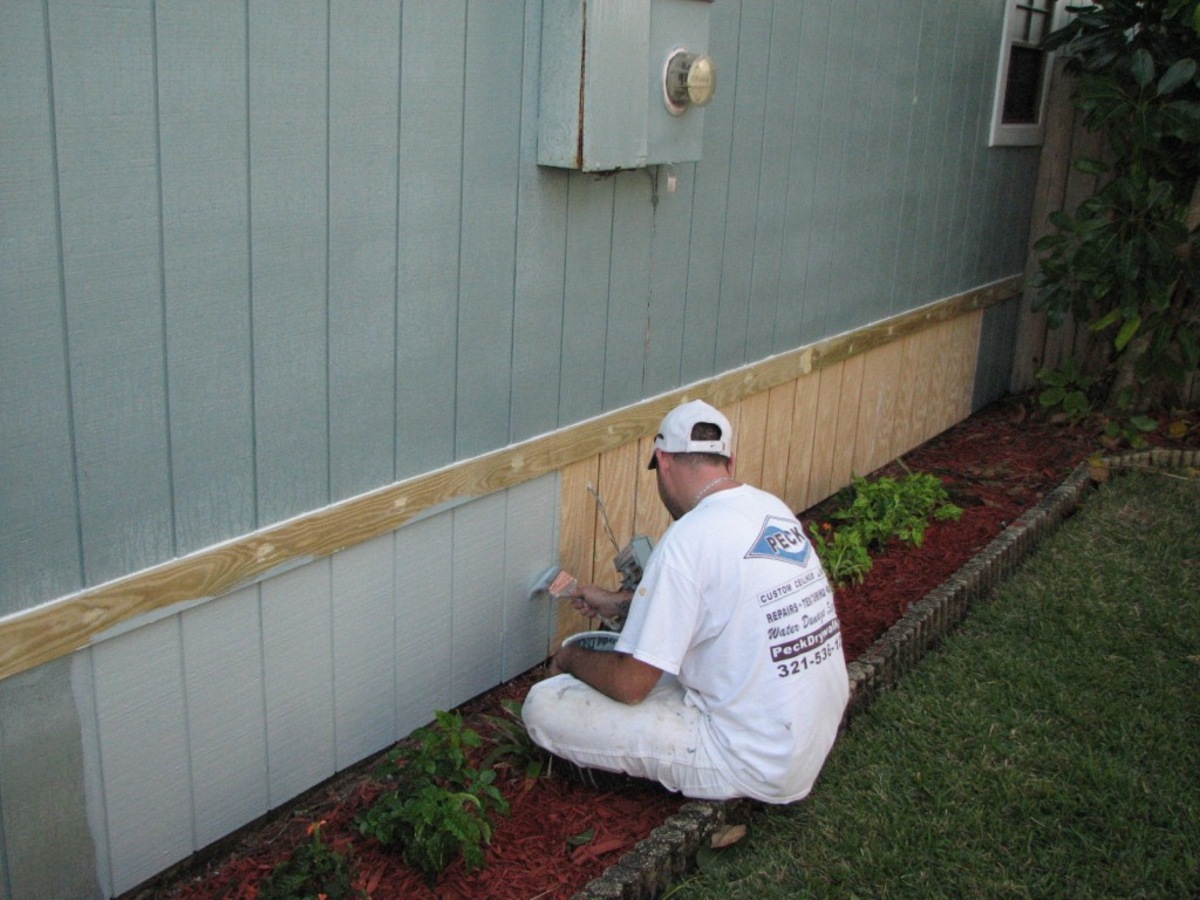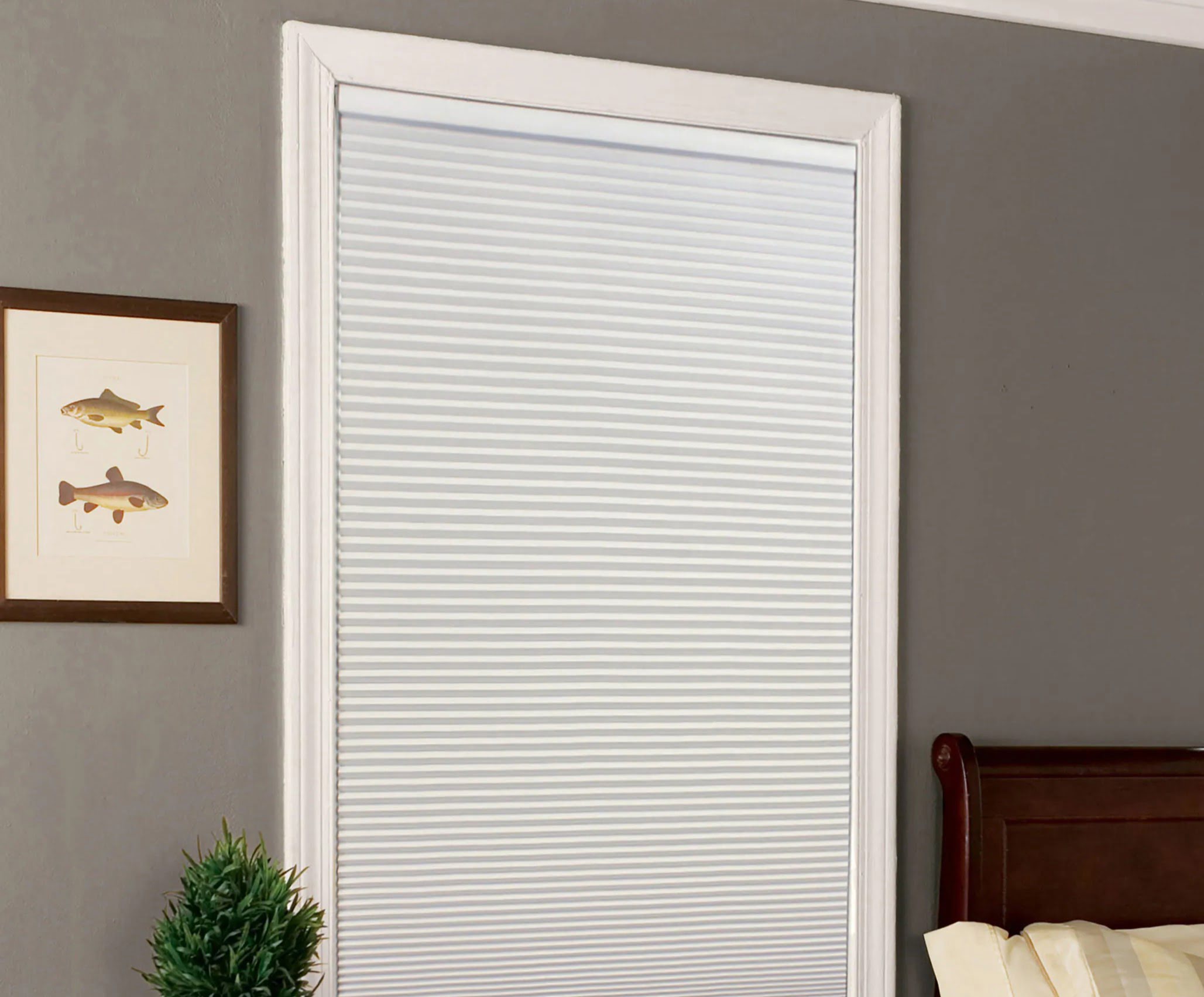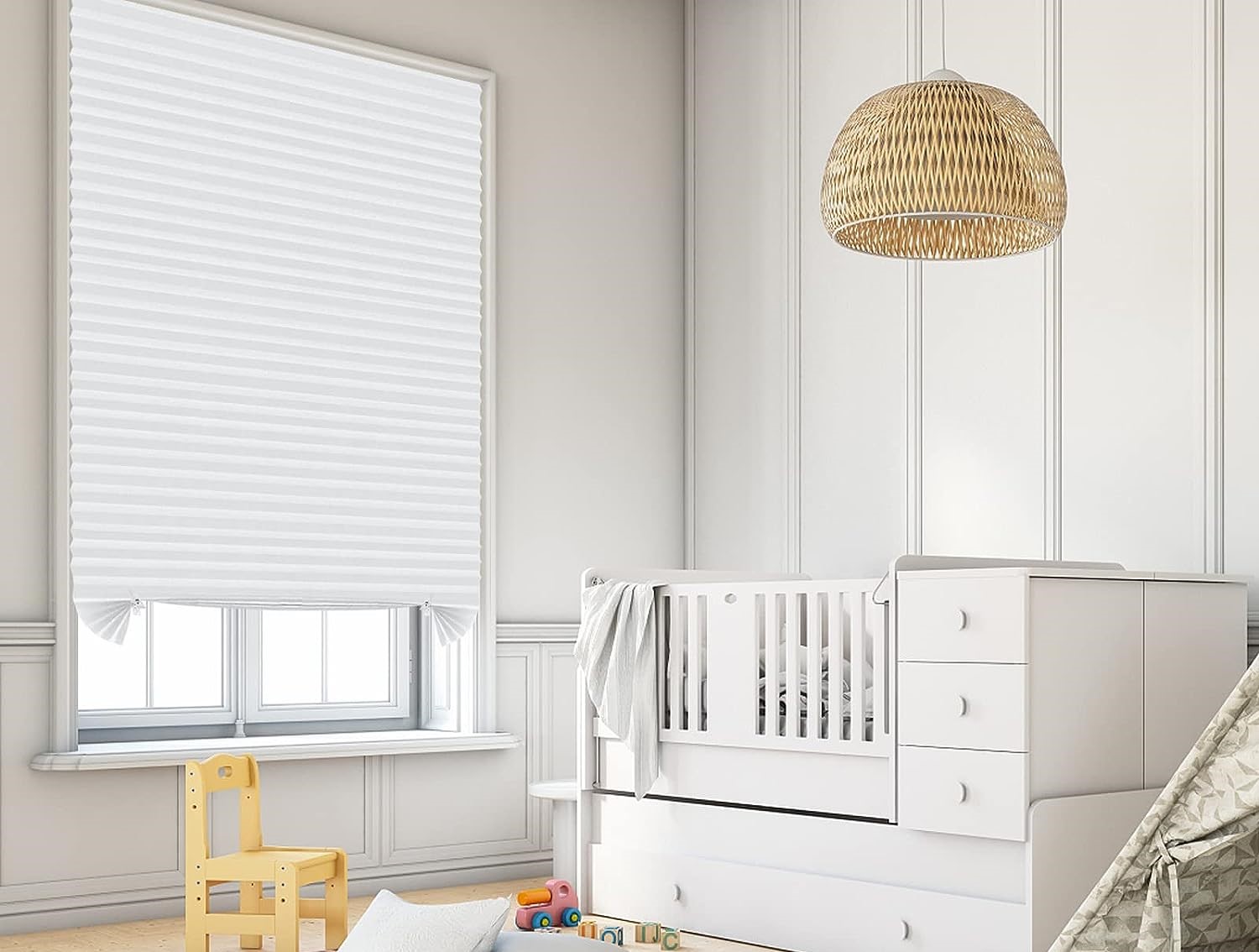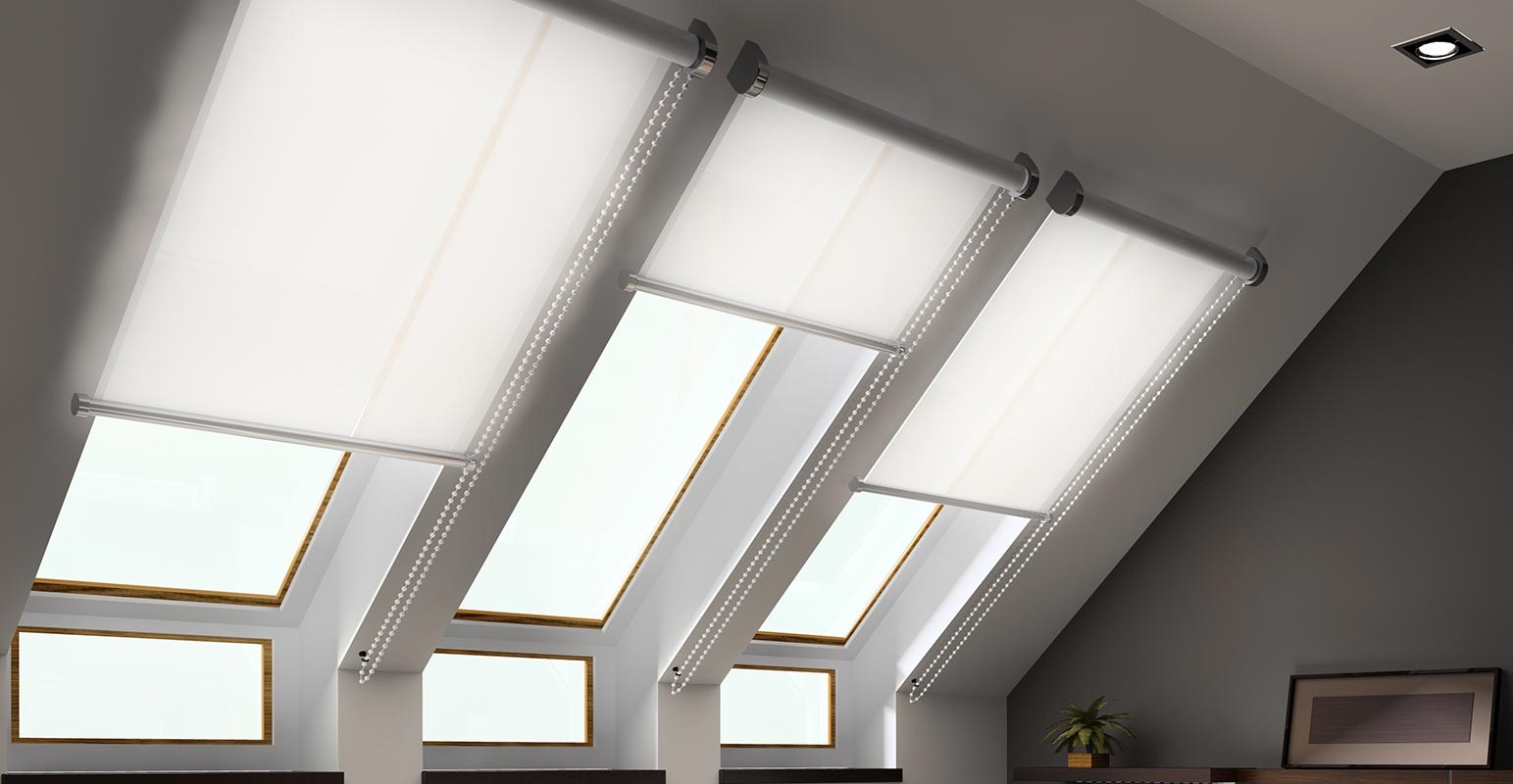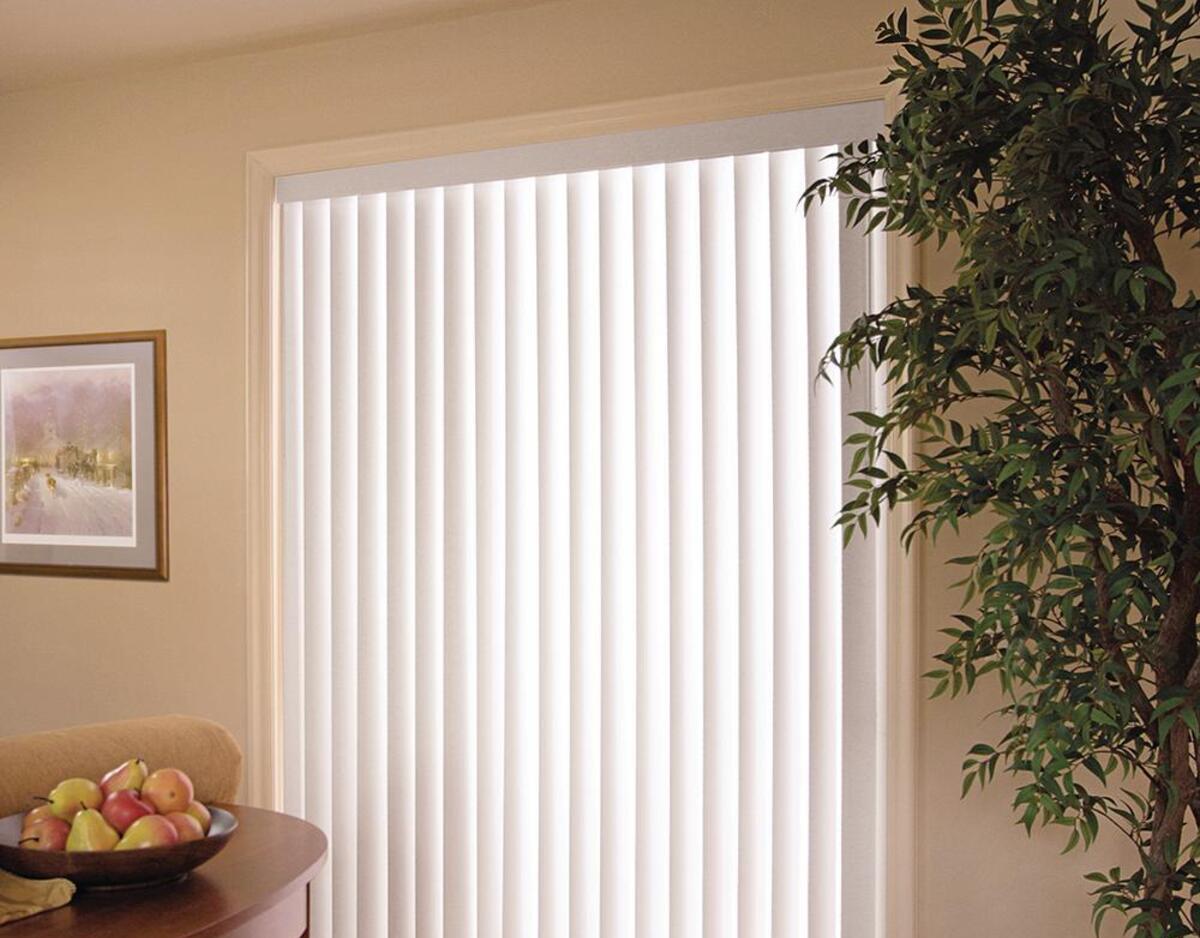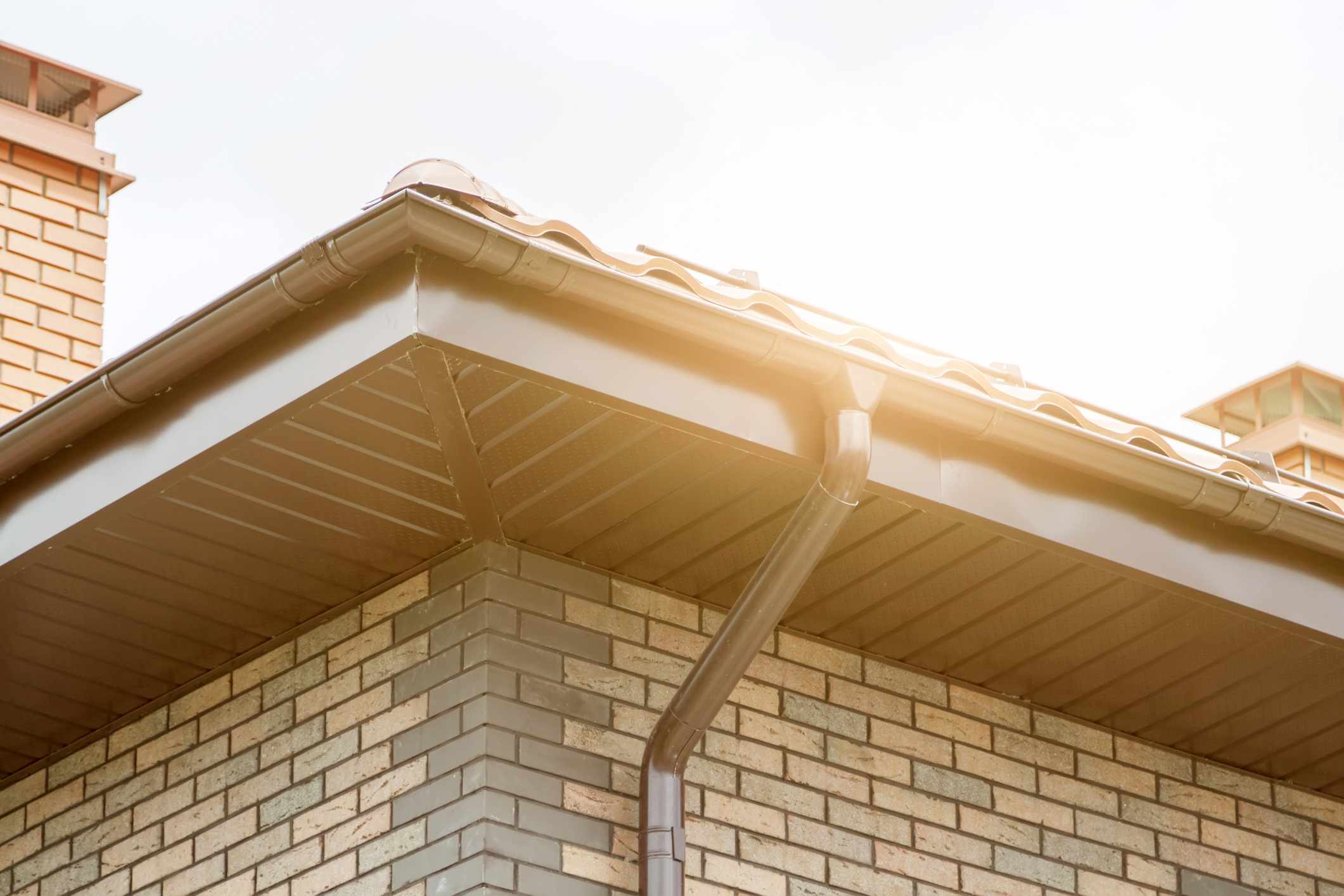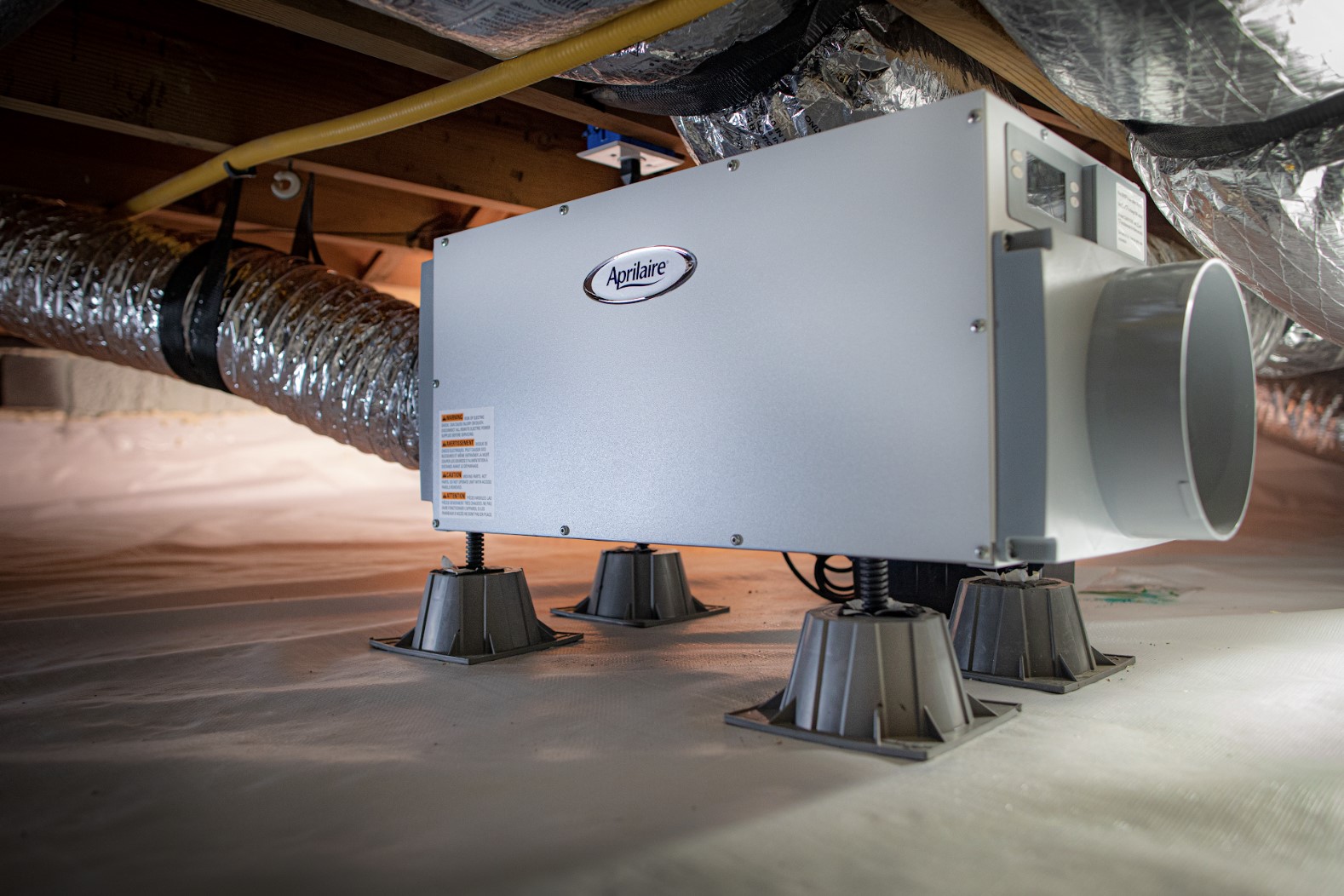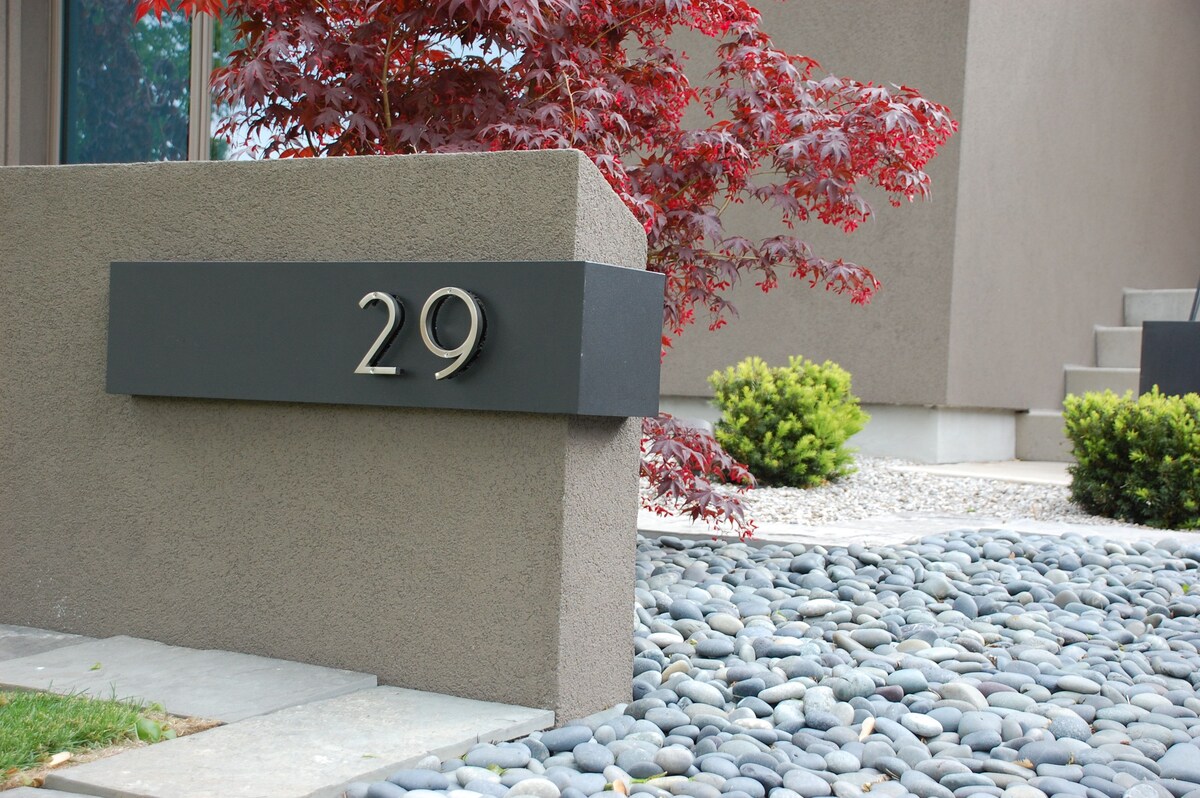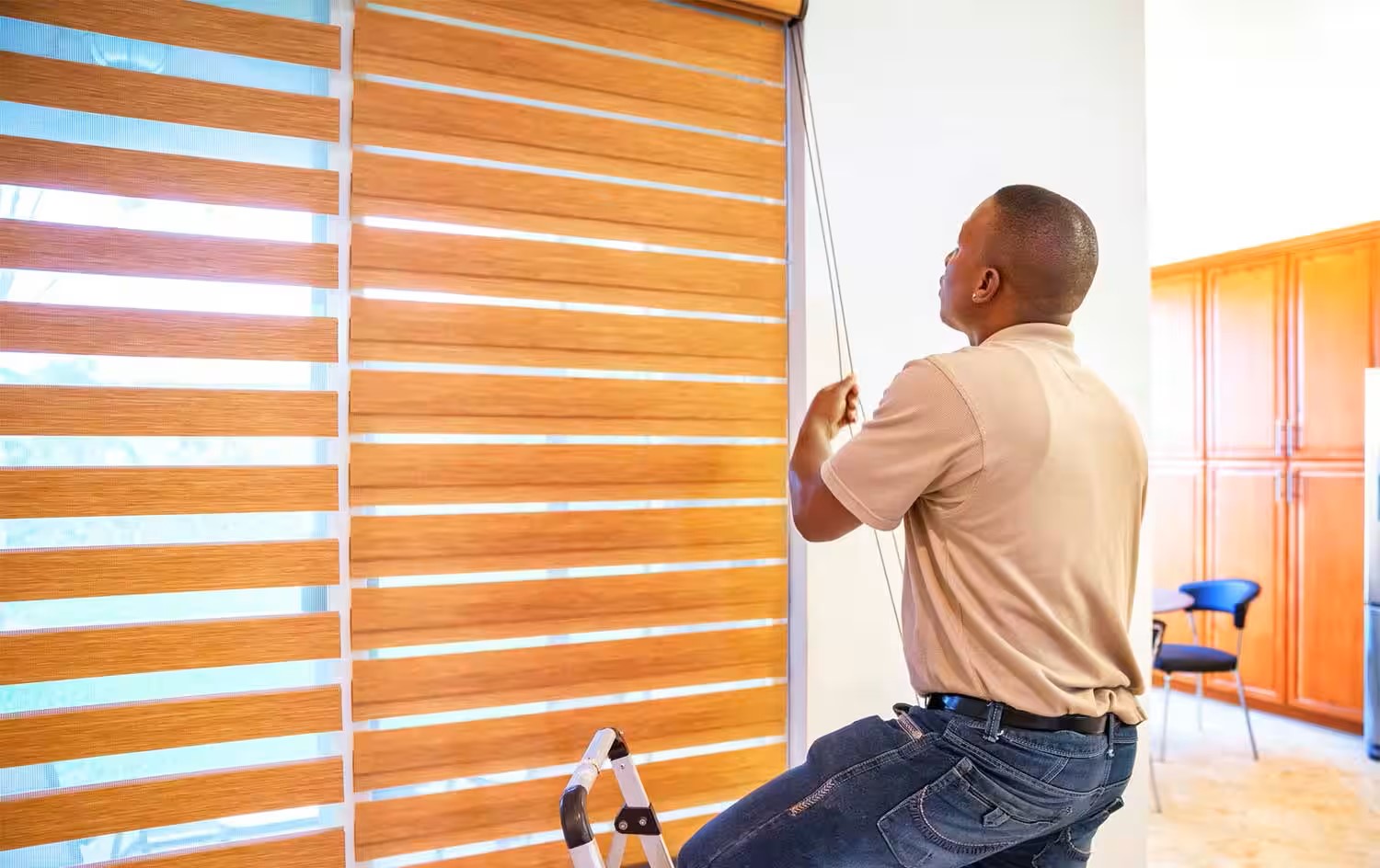

Articles
How Much To Install Blinds In A House
Modified: October 20, 2024
Looking for articles on how much it costs to install blinds in a house? Get all the information you need to budget for this home improvement project.
(Many of the links in this article redirect to a specific reviewed product. Your purchase of these products through affiliate links helps to generate commission for Storables.com, at no extra cost. Learn more)
Introduction
Installing blinds in your house not only adds privacy and shade but also enhances the overall aesthetic appeal of your living space. However, before embarking on the journey of blind installation, it’s important to understand the factors that can impact the costs involved.
From the type of blinds you choose to the intricacy of the installation process, several factors come into play when determining the cost of installing blinds in your home. In this article, we will explore the different factors that can affect blind installation costs, discuss the various types of blinds available, and provide insight into the average costs you can expect to incur.
By understanding these factors and having a rough estimate of the costs involved, you’ll be better prepared to make informed decisions and budget accordingly for your blind installation project.
Key Takeaways:
- Factors such as the type of blinds, window size, complexity of installation, and additional features can impact the overall cost of blind installation. Consider these factors to make informed decisions and ensure a successful installation within your budget.
- Whether you choose DIY or professional installation, weigh the pros and cons carefully. DIY can save costs but requires skills and time, while professional installation offers expertise and guarantees. Consider additional factors like accurate measurements, light control, maintenance, and energy efficiency to ensure a satisfying outcome.
Read more: How Much To Install AC In A House
Factors Affecting Blind Installation Costs
When it comes to blind installation costs, several factors can influence the overall price. Familiarizing yourself with these factors will help you make informed decisions and plan your budget effectively. Here are some key factors that can affect the cost of installing blinds:
- Type of Blinds: The type of blinds you choose will significantly impact the installation costs. Basic, standard blinds like aluminum or vinyl blinds tend to be more affordable compared to custom-made or high-end options such as motorized blinds or plantation shutters.
- Window Size and Quantity: The size and number of windows you need blinds for will directly affect the cost. Larger windows or multiple windows may require more material and labor, leading to higher installation costs.
- Material and Quality: Blinds are available in a wide range of materials, each with different price points. For example, wood blinds often cost more than faux wood or fabric blinds. Additionally, higher-quality materials usually come with a higher price tag.
- Complexity of Installation: If your windows have unique shapes, angles, or require special hardware, the installation process may be more complex and time-consuming. This can increase the overall cost of installing blinds.
- Additional Features: Certain features like cordless operation, motorization, or remote control can enhance the functionality and convenience of your blinds but may come at an additional cost.
- Location: The location of your home can also impact the cost. If you live in a remote area with limited access to professional installers, the fees may be higher.
It’s essential to consider these factors when determining your blind installation budget. Remember, the cost of installation is an investment in both functionality and aesthetics, so it’s worth allocating a reasonable budget to ensure the desired outcome.
Types of Blinds
Blinds come in a variety of styles and materials, each offering unique benefits and aesthetics. Understanding the different types of blinds available can help you choose the right option for your home. Here are some popular types of blinds:
- Vertical Blinds: Vertical blinds consist of individual slats that hang vertically. They are often used for large windows or sliding glass doors. These blinds are customizable, easy to clean, and allow for adjustable light control.
- Horizontal Blinds: Horizontal blinds, also known as Venetian blinds, have horizontal slats that can be tilted or raised. They are available in various materials such as aluminum, wood, or faux wood. Horizontal blinds offer versatility and precise light control.
- Roller Blinds: Roller blinds are made of a single piece of fabric that rolls up and down using a pulley system. They are simple, functional, and come in a wide range of colors and patterns. Roller blinds are a popular choice for bedrooms and living areas.
- Roman Blinds: Roman blinds combine the softness of fabric with the functionality of blinds. They fold up in horizontal pleats when raised and create an elegant, tailored look when lowered. Roman blinds add a touch of sophistication to any room.
- Wood Blinds: Wood blinds provide a natural and timeless appeal. They are typically made of high-quality wood and offer excellent insulation. Wood blinds are ideal for creating a warm and cozy atmosphere in your living space.
- Cellular or Honeycomb Blinds: Cellular blinds are designed with honeycomb-shaped cells that provide excellent insulation and energy efficiency. They come in various opacities, allowing you to control light and maintain privacy.
- Panel Track Blinds: Panel track blinds are perfect for covering large windows or sliding doors. They consist of wide fabric panels that slide horizontally on tracks. Panel track blinds offer a modern and sleek look.
These are just a few examples of the many types of blinds available in the market. Consider your preferences, functional requirements, and the overall aesthetic of your home when choosing the right blinds for each room. Additionally, consult with professionals to get insights and recommendations based on your specific needs.
Average Costs of Blind Installation
The cost of blind installation can vary depending on several factors, including the type of blinds, window size, and complexity of the installation process. While it’s difficult to provide an exact figure, we can discuss some average costs to give you a general idea. Keep in mind that these prices are estimates and may vary depending on your location and specific requirements.
For standard blinds like aluminum or vinyl blinds, you can expect to pay around $100 to $300 per window for professional installation. This cost includes the cost of the blinds themselves, as well as the installation fees. If you opt for more high-end options or custom-made blinds, the price can range from $500 to $1,500 per window.
Another factor that can affect the cost is the size of your windows. Larger windows require more material and may involve additional labor, resulting in higher installation costs. On average, installing blinds for standard-sized windows can cost between $200 and $500.
If you’re looking to save on installation costs, you may consider do-it-yourself (DIY) installation. DIY installation can be more cost-effective, especially if you’re comfortable with basic tools and have some experience with home improvement projects. However, keep in mind that improper installation can lead to issues and may affect the longevity and functionality of your blinds.
Additionally, there may be additional costs to consider, such as taxes, delivery fees, and any necessary accessories or hardware. It’s important to factor in these expenses when budgeting for blind installation.
To get an accurate estimate for your specific project, it’s recommended to consult with professionals who can provide you with a detailed quote based on your requirements. They will take into account all the relevant factors and provide you with a more precise cost estimate.
Ultimately, the cost of blind installation is an investment in the functionality, aesthetics, and comfort of your home. Take the time to research and explore different options, weigh the costs and benefits, and choose the best blinds that fit your budget and personal preferences.
When budgeting for blinds installation in a house, consider the size and number of windows, the type of blinds, and any additional features or customizations. Get quotes from multiple providers to compare costs.
DIY vs. Professional Installation
When it comes to blind installation, you have the option of either doing it yourself (DIY) or hiring a professional to handle the task. Both options have their pros and cons, so it’s important to consider your skill level, time availability, and the complexity of the installation process before making a decision.
DIY Installation:
One of the main advantages of DIY installation is cost savings. By installing the blinds yourself, you can avoid paying for professional labor fees. Additionally, DIY installation allows you to work at your own pace and gives you a sense of accomplishment.
However, there are a few things to keep in mind when considering DIY installation:
- Skills and Experience: DIY blind installation requires basic handyman skills and knowledge of tools. If you’re comfortable with DIY projects and have experience with home improvement tasks, you may be able to successfully install blinds on your own.
- Time and Effort: Installing blinds can be time-consuming, especially if you have multiple windows or complex installations. Make sure you have enough time and patience to complete the project without rushing.
- Potential Mistakes: Improper installation can lead to issues such as misaligned blinds, difficulty in operation, or damage to the window frames. It’s crucial to follow instructions carefully and use the right tools to ensure a successful installation.
Professional Installation:
Hiring a professional installer offers several benefits that may outweigh the cost:
- Expertise and Experience: Professional installers have the knowledge and experience to handle blinds of all types and complexities. They can ensure that the installation is done correctly and efficiently.
- Time-Saving: Professional installers can complete the job quickly, saving you time and effort. This is especially beneficial if you have a busy schedule or multiple windows to cover.
- Warranty and Guarantee: Many professional installers provide warranties and guarantees on their work. If any issues arise with the installation, they will take responsibility for resolving them.
However, professional installation does come at a cost. You will need to budget for the installation fees, which can vary depending on the complexity of the project and location.
Choosing between DIY and professional installation ultimately depends on your comfort level with DIY projects, the complexity of the installation, and your budget. If you have basic skills and feel confident in your abilities, DIY installation can be a cost-effective option. But if you want to ensure a flawless installation and save time and effort, professional installation is worth considering.
Regardless of the option you choose, make sure to follow the manufacturer’s instructions and safety guidelines to install your blinds accurately and securely.
Additional Factors to Consider
When planning the installation of blinds in your house, there are a few additional factors to keep in mind that can impact the overall outcome and cost of the project. These factors go beyond the type of blinds and installation method, and they are important to consider to ensure a successful and satisfactory installation.
Window Measurements: Accurate measurements of your windows are crucial to ensure the proper fit of the blinds. Even a small measurement error can lead to blinds that are too big or too small for the window frame. Take precise measurements or consult a professional to ensure you order the correct size.
Window Orientation and Light Control: Consider the orientation of your windows and how it affects the amount of sunlight that enters your space. South-facing windows tend to receive more sunlight, while north-facing windows receive less. Think about how much light control you need and choose blinds that offer the desired level of privacy and shading.
Maintenance and Cleaning: Different types of blinds require different levels of maintenance and cleaning. Some blinds are easy to clean with a damp cloth, while others may require more specialized cleaning methods. Consider your lifestyle, available time, and willingness to maintain and clean the blinds regularly.
Child Safety considerations: If you have children or pets at home, it’s crucial to prioritize their safety when choosing blinds. Opt for blinds that come with cordless operation or built-in safety features to prevent accidents or entanglement hazards.
Energy Efficiency: Some blinds offer better insulation properties, which can help reduce heat loss in winter and heat gain in summer. Consider blinds with insulating features like cellular or honeycomb blinds to improve energy efficiency and potentially reduce heating and cooling costs.
Budget: Set a realistic budget for your blind installation project. Consider the costs of both the blinds themselves and the installation fees. Take into account any additional features or customization options you require and factor in any ongoing maintenance costs.
Professional Recommendations: Consulting with a professional blinds installer can provide valuable insights and recommendations based on your specific needs. They can assess your space, guide you on the best blind options, and offer suggestions to optimize the functionality and aesthetics of your blinds.
By carefully considering these additional factors, you can ensure that your blind installation project goes smoothly and meets your expectations. Take the time to research, ask questions, and make informed decisions to create a functional and visually pleasing environment in your home.
Conclusion
Installing blinds in your house is a worthwhile investment that not only adds privacy and shade but also enhances the overall aesthetic appeal of your living space. By understanding the factors that can affect blind installation costs, exploring the different types of blinds available, and considering additional factors, you can make informed decisions and ensure a successful installation.
Factors such as the type of blinds, window size, complexity of installation, and additional features can impact the overall cost of blind installation. It’s important to consider your preferences, budget, and functional requirements when choosing the right blinds for your home.
Whether you opt for DIY installation or hire a professional, each has its pros and cons. DIY installation can save costs but requires basic skills and time commitment. Professional installation offers expertise, time-saving benefits, and guarantees for a flawless installation.
When planning your blind installation project, consider additional factors such as accurate window measurements, orientation for light control, maintenance requirements, child safety considerations, energy efficiency, and budget constraints. Seeking professional recommendations can also provide valuable insights.
In conclusion, blind installation is a task worth undertaking to enhance the functionality and visual appeal of your home. By taking the time to research, plan, and make informed decisions, you can create a comfortable and aesthetic living space with blinds that meet your needs and reflect your personal style.
Remember, a well-installed and carefully chosen set of blinds can transform your home, providing you with privacy, versatility, and control over natural light. So go ahead and embark on this exciting home improvement journey!
Frequently Asked Questions about How Much To Install Blinds In A House
Was this page helpful?
At Storables.com, we guarantee accurate and reliable information. Our content, validated by Expert Board Contributors, is crafted following stringent Editorial Policies. We're committed to providing you with well-researched, expert-backed insights for all your informational needs.
